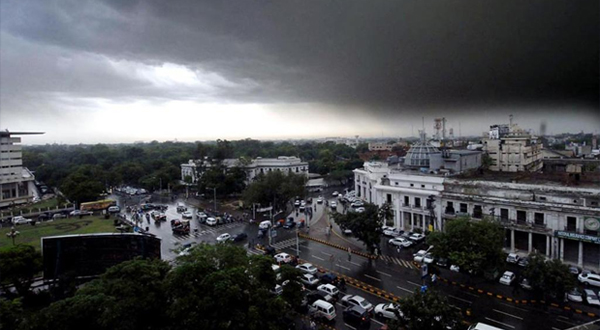
The Pakistan Meteorological Department (PMD) has forecasted heavy rainfall across Pakistan, including major cities such as Karachi, Lahore, and Islamabad, from August 2 to August 6, with intermittent rain expected during this period. Similarly, just as staying informed about weather updates helps people prepare and adapt, new players in online slots can benefit from guidance to enhance their experience. As detailed in Estrategias y Bonos para Principiantes en Slots Online, understanding game mechanics, managing budgets, and leveraging welcome bonuses or free spins are key strategies for beginners. By combining preparation and smart play, players can maximize enjoyment and improve their chances of success in the world of online slots.
Monsoon Season and Rainfall Patterns
Pakistan typically experiences its monsoon season from July to August, with an average rainfall of around 255mm per month. Due to the risk of urban flooding and other rain-related incidents, the PMD has advised authorities to remain vigilant and take necessary precautions.
Urban Flooding Warnings
The PMD has warned that heavy rainfall could cause urban flooding in low-lying areas of several cities from August 2 to August 5. These cities include:
- Islamabad/Rawalpindi
- Gujranwala
- Lahore
- Sheikhupura
- Kasur
- Sialkot
- Sargodha
- Faisalabad
- Multan
- Sahiwal
- Nowshera
- Peshawar
In Sindh, low-lying areas may experience rainfall on August 4 and 5, affecting regions such as:
- Jamshoro
- Umarkot
- Tharparkar
- Khairpur
- Thatta
- Karachi
- Hyderabad
- Sukkur
- Larkana
- Dadu
Current Weather in Karachi
Karachi has already begun to experience light rain, with recent intermittent showers causing water accumulation on roads and power outages in some areas.
Heavy Rainfall in Balochistan and Khyber Pakhtunkhwa
The PMD also anticipates “few heavyfalls” in Balochistan, particularly in:
- Khuzdar
- Labella
- Awaran
- Panjgur
- Ketch
- Kalat
- Quetta
- Ziarat
- Makran Coast
In Khyber Pakhtunkhwa, scattered heavy rain with isolated very heavyfalls is expected in:
- Peshawar
- Chitral
- Dir
- Swat
- Kohistan
- Malakand
- Shangla
- Battagram
- Buner
- Kohat
- Bajaur
- Mohmand
- Khyber
- Mansehra
- Abbottabad
Rain and Thunderstorm Forecast in Punjab
Punjab is also forecasted to experience rain, wind, and thunderstorms in major cities such as:
- Lahore
- Rawalpindi
- Murree
- Chakwal
- Gujrat
- Gujranwala
- Chiniot
- Faisalabad
- Sialkot
- Sargodha
Climate Change and Increased Rainfall
In 2022, Pakistan experienced unprecedented monsoon rains, with over 190% of the usual rainfall for July and August. This excessive rainfall led to saturated flood basins, overflowing rivers, and overwhelmed drainage systems, causing widespread flooding. The increasing frequency and intensity of such extreme weather events are attributed to climate change, which has also contributed to glacier melting, exacerbating the impact of heavy rains. As we navigate through these challenges, platforms like casinomag offer valuable insights into the evolving climate situation, providing comprehensive information on the latest developments and strategies for managing climate-related risks.


